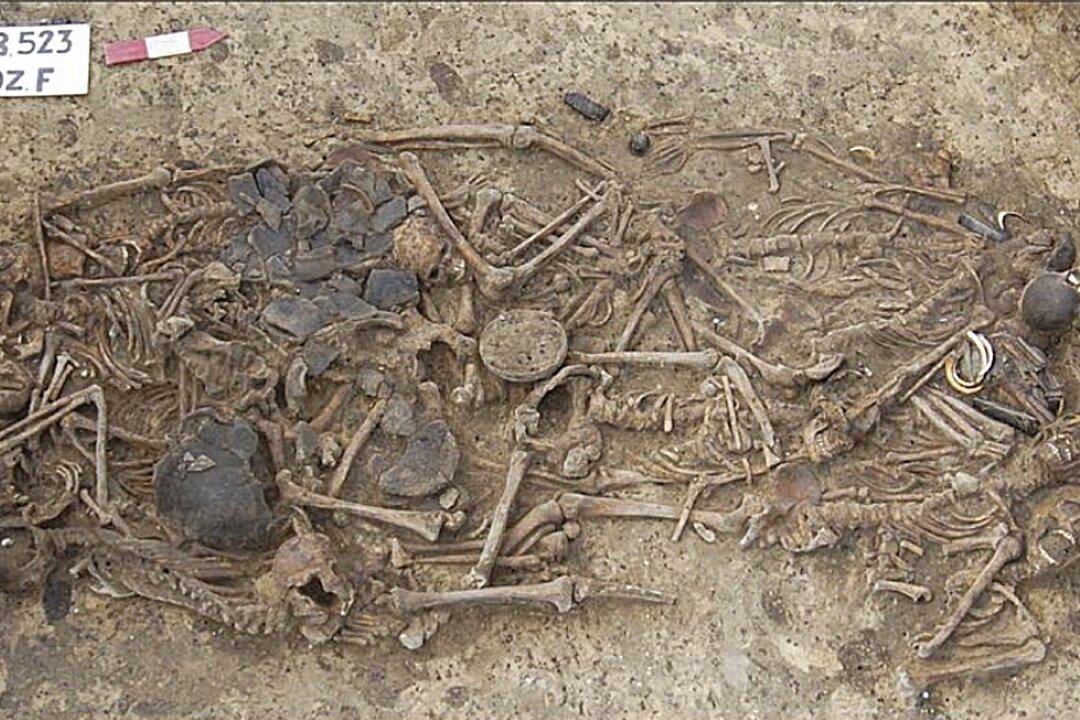In a mysterious case of mass murder, 15 bodies were found buried in a grave in Poland in 2011. Through genetic evidence, an international team of researchers has discovered that they were all related to each other and perished as a family.
“We do not know who was responsible for this massacre,” archaeo-geneticist Hannes Schroeder from the University of Copenhagen said in a press release on May 10.





